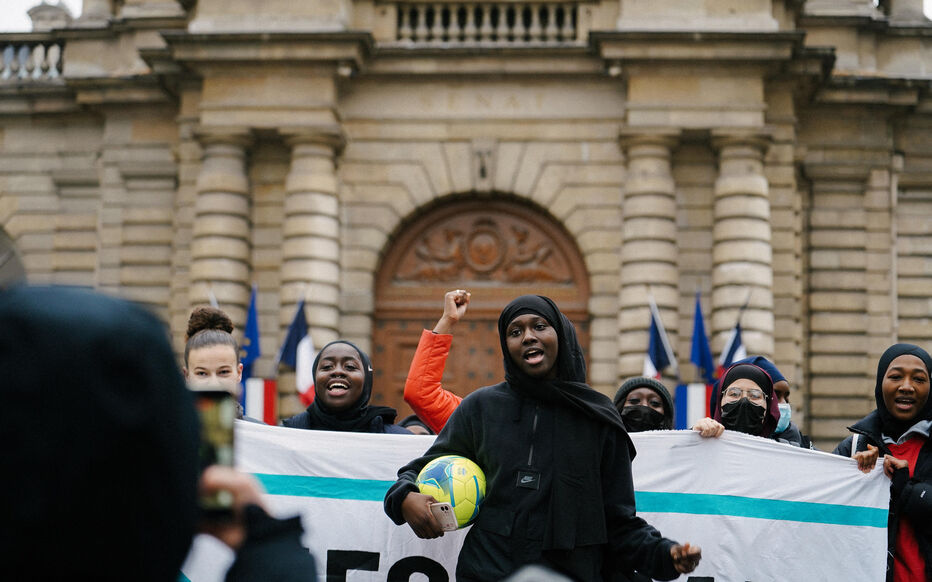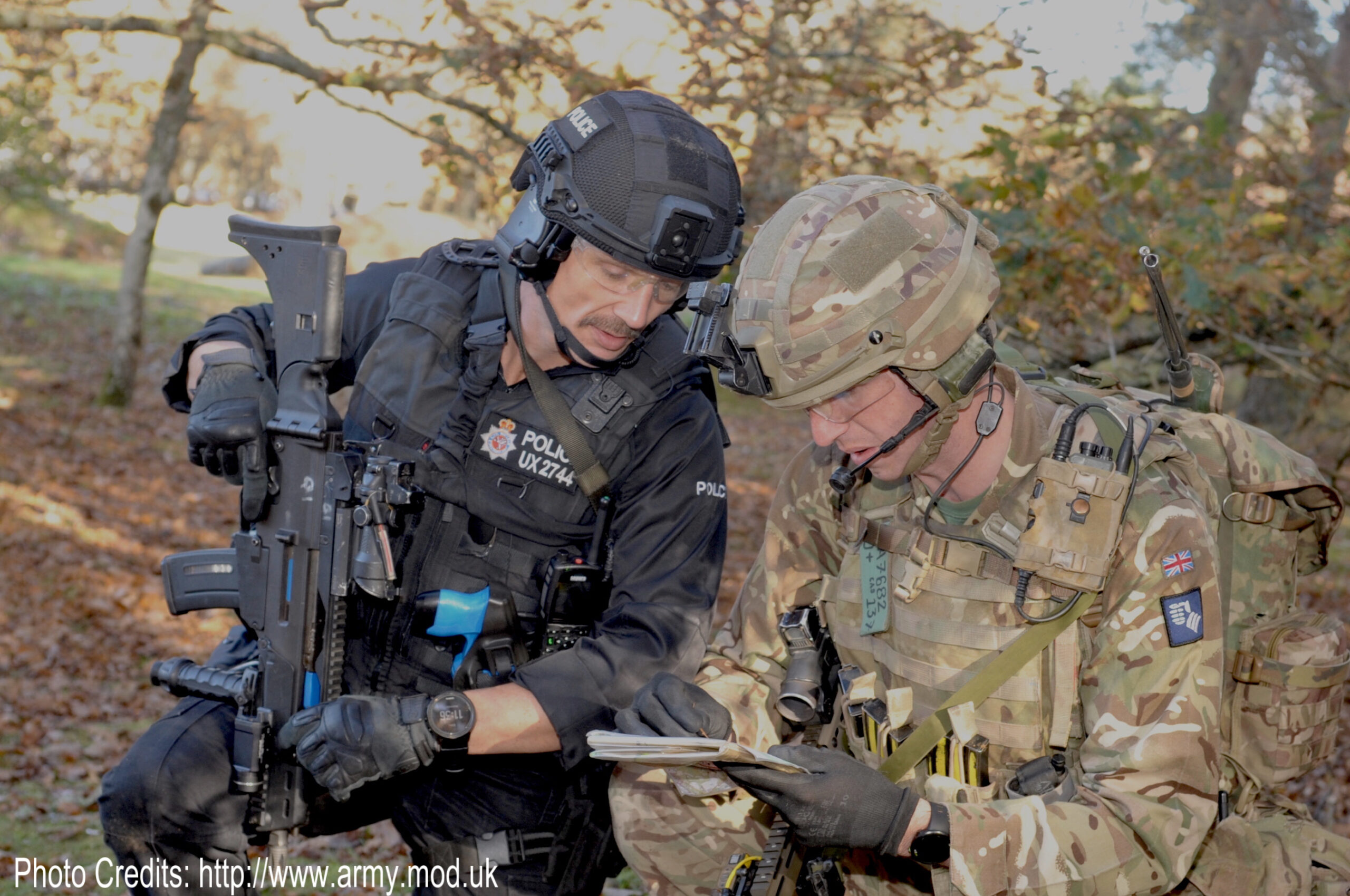August 6, 2014
WASHINGTON — About 20,800 United States citizens and permanent residents are included in a federal government database of people suspected of having links to terrorism, of whom about 5,000 have been placed on one or more watch lists, newly disclosed documents show.
The documents are briefing materials about accomplishments in 2013 by the Directorate of Terrorist Identities, a component of the National Counterterrorism Center, an interagency clearinghouse of information about people known to be or suspected of being terrorists.
The documents were classified Secret and were published Tuesday by The Intercept, an online magazine. The disclosure provided new details about the numbers of people within the broad database and on terrorist watch lists derived from it — a system that has grown rapidly over the last four years, according to government officials.
Over all, the number of people listed in the center’s database of terrorism suspects surpassed one million in June 2013, the documents said. Of those, approximately 680,000 were on the watch lists, which can keep people off planes or from entering the country and subject them to extra scrutiny at airports, traffic stops or border crossings.
Among other things, the documents showed that the main terrorism suspects database contains records on 8,211 people who are suspected of having links to Al Qaeda in the Arabian Peninsula, the Yemen-based affiliate of Al Qaeda that intelligence officials have said is the most dangerous component of the group at present.
A map associated with the files ranked the top five cities where Americans who have been deemed “known or suspected terrorists” are concentrated. Four are large cities: New York, Houston, San Diego and Chicago. But the second-highest was Dearborn, Mich., a city of fewer than 100,000 people that has a large Arab and Muslim population.
Much of the document relates to efforts to fill in missing data. After the April 2013 attack at the Boston Marathon, the National Counterterrorism Center set out to fill gaps involving biometric markers like fingerprints of the Americans on various watch lists, adding facial images for 370 people and fingerprints for 163. It obtained the information from driver’s license images and from the Department of Homeland Security, it said.
The center also used “clandestinely collected travel data” provided by the C.I.A. to fill in gaps about international travel of people in the database, it said.






